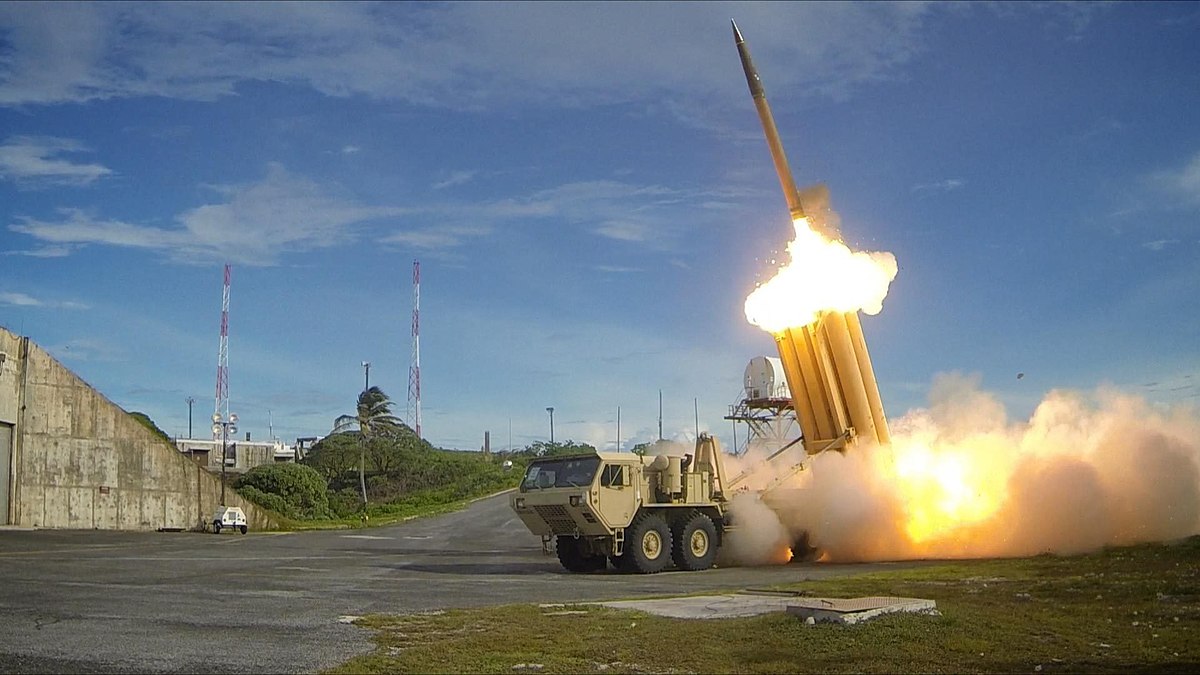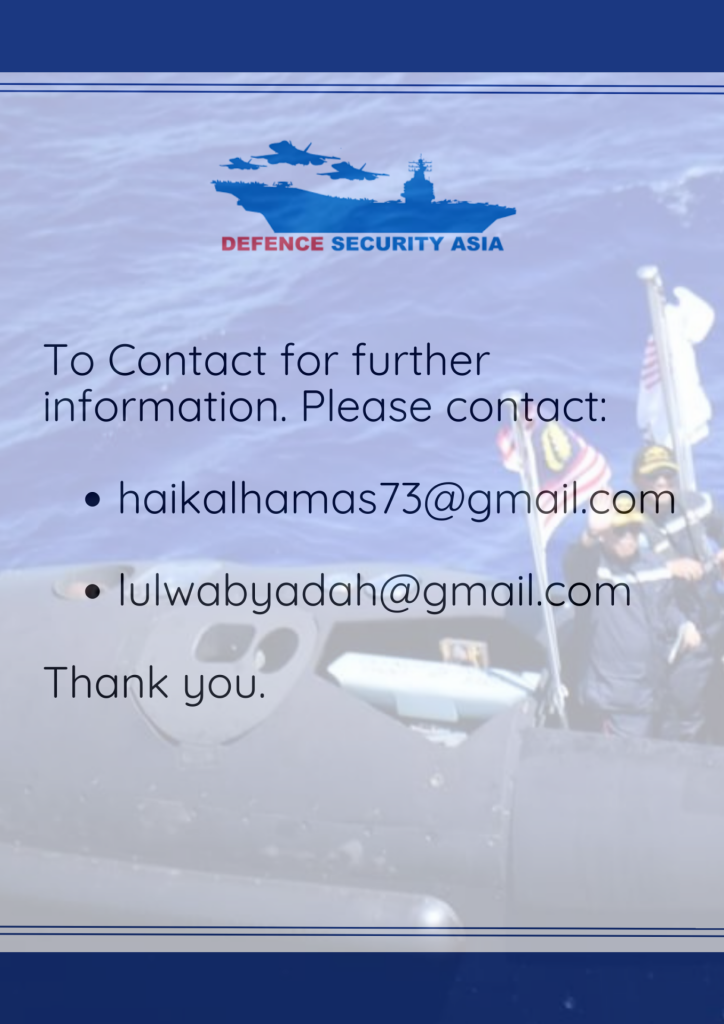U.S. Deploys Second THAAD Missile Defence System to Israel as Trump Threatens Iran with ‘Bombing Like Never Seen Before”
Publicly available flight tracking data confirmed the arrival of a U.S. Air Force C-5M Super Galaxy — the heaviest airlifter in America's strategic airlift fleet — which landed at Israel's Nevatim Airbase in the Negev Desert and remained grounded for roughly eight hours before departing.
(DEFENCE SECURITY ASIA) — In a move reflecting deepening strategic coordination with Israel, the United States has reportedly deployed a second Terminal High Altitude Area Defense (THAAD) missile battery to Israeli territory, as tensions with Iran spiral towards a new crescendo.
The latest transfer of this cutting-edge missile defence asset is believed to have taken place yesterday, according to a report from Saudi broadcaster Al-Hadath, amid a climate of escalating regional confrontation and nuclear brinkmanship.
Publicly available flight tracking data confirmed the arrival of a U.S. Air Force C-5M Super Galaxy — the heaviest airlifter in America’s strategic airlift fleet — which landed at Israel’s Nevatim Airbase in the Negev Desert and remained grounded for roughly eight hours before departing.
This deployment follows the rapid delivery of a first THAAD battery to Israel last year, along with an estimated 100 U.S. military personnel assigned to operate and maintain the system, which serves as a high-altitude layer complementing Israel’s multi-tiered air defence architecture that includes the Iron Dome, David’s Sling, and Patriot systems.
The THAAD system, short for Terminal High Altitude Area Defense, is among the most advanced anti-ballistic missile platforms in the U.S. arsenal, designed to detect, track, and intercept short- to intermediate-range ballistic missiles during their final phase of flight — where precision and timing are critical.
Unlike conventional interceptor systems, THAAD employs a “hit-to-kill” kinetic energy mechanism, destroying enemy warheads through direct impact rather than explosive force, thereby minimizing the risk of detonation and debris fallout in populated areas.
Engineered for high-altitude intercepts, THAAD can neutralize threats at altitudes ranging from 40 to 150 kilometres — including exo-atmospheric trajectories — offering a distinct strategic edge over low- to mid-tier air defence systems that cannot engage threats in space.

Each THAAD battery consists of six to eight truck-mounted launchers, the sophisticated AN/TPY-2 X-band radar, a fire control and communications centre, and integrated support vehicles — all designed for high mobility and rapid deployment across conflict zones.
At the heart of its capability is the AN/TPY-2 radar, a highly sensitive long-range detection system capable of tracking ballistic threats from distances exceeding 1,000 kilometres, enabling early engagement and a robust defensive posture.
Critically, THAAD is designed for both stand-alone operation and full interoperability with a broader missile defence ecosystem, including the U.S. Navy’s Aegis Ballistic Missile Defense system and the Patriot PAC-3, ensuring seamless coordination in multinational or layered defence scenarios.
Developed by American defence giant Lockheed Martin, THAAD has already been deployed in key U.S. strategic locations and by several allied nations — including Israel, South Korea, and the United Arab Emirates — forming an integral component of the global missile defence shield.
In recent weeks, Israeli-operated THAAD units have reportedly engaged and intercepted multiple ballistic missiles launched by the Iran-backed Houthi rebels in Yemen, highlighting the system’s combat-proven utility and growing importance in neutralizing asymmetric aerial threats.


The intensified deployment comes at a moment of heightened military and diplomatic friction between Tehran and the Washington-Jerusalem axis, exacerbated last week when U.S. President Donald Trump delivered a stark warning to the Iranian regime.
Trump threatened Iran with “bombing like never seen before” and pledged secondary economic sanctions should Tehran fail to re-engage in nuclear negotiations — a message widely interpreted as signalling a readiness for escalation beyond rhetoric.
Amid this shifting strategic landscape, the expanded THAAD presence in Israel not only strengthens Washington’s forward-deployed deterrence but also serves as a clear signal of U.S. resolve to shield key allies from Iranian long-range missile capabilities and regional destabilisation efforts by Tehran’s proxy network.
— DEFENCE SECURITY ASIA


